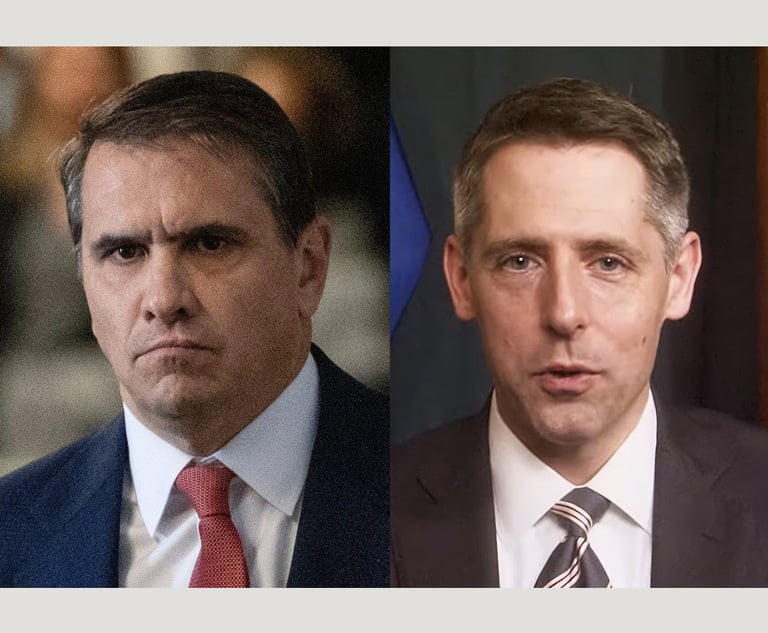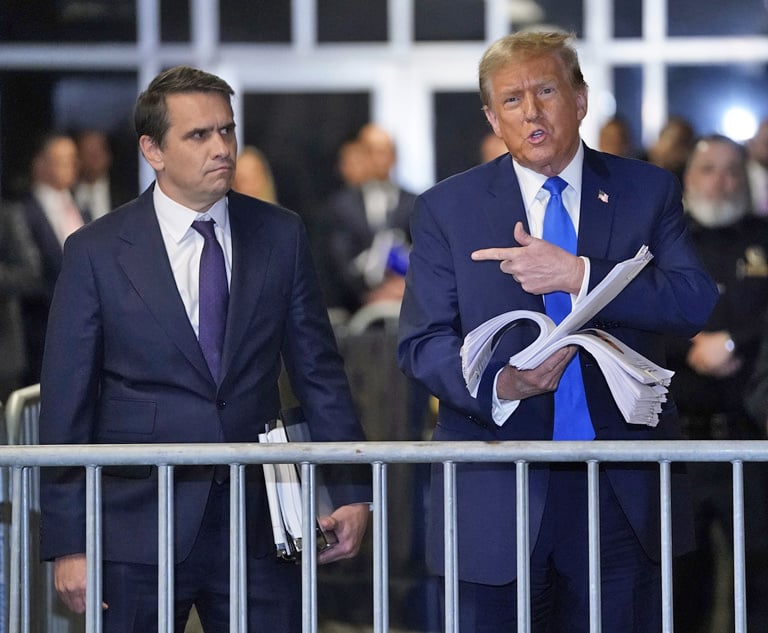The last chapter on the Michael Flynn prosecution has hardly been written. Litigation over the case is far from over, especially with the appointment of amicus John Gleeson to basically “take the other side” and Beth Wilkinson to represent Judge Emmet G. Sullivan in a mandamus action brought against him by Flynn. And at least until all the books are fully written, and beyond, there will remain hard questions on both sides of the divide. Should the Mueller/FBI investigation have been initiated in the first place? Was it an overly aggressive effort by the FBI and later Robert Mueller’s team to “get Flynn” at all costs, and even to possibly get Donald Trump himself? And, coming from the other side, was the Justice Department’s decision to dismiss the indictment informed, or perhaps merely compromised, by the Trump Administration’s politically-driven decision to undermine the Mueller/FBI investigation? All in the name of Trump’s remaining in office and getting re-elected.
This column won’t try to answer those questions. Rather, it employs the Flynn case to examine an important legal issue: Must a prosecutor disclose Brady material before a defendant pleads guilty?


 Joel Cohen
Joel Cohen




